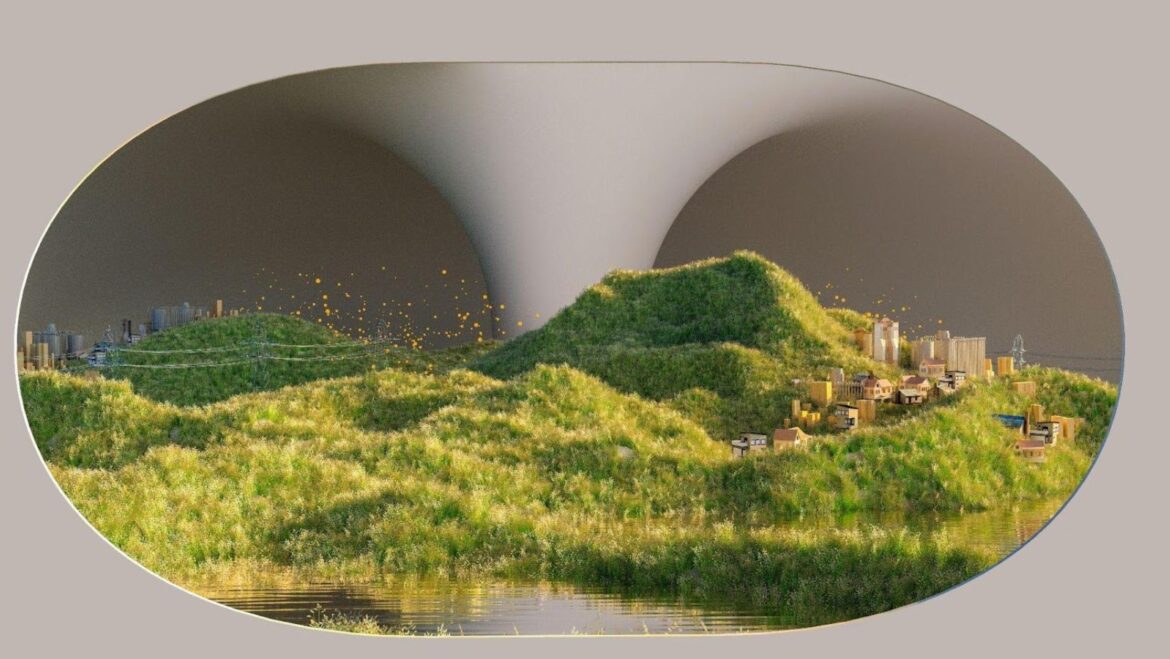Artificial intelligence has made the leap from flat images to immersive three-dimensional models more accessible than ever. Designers, developers, and hobbyists alike are experimenting with tools that can turn sketches, product photos, or concept art into models ready for games, VR, or animation.
But while the technology is powerful, the learning curve can catch beginners off guard.
Mistakes often stem not from the software itself but from how people approach it: unclear goals, sloppy preparation, or overreliance on automation. Knowing what pitfalls to sidestep can save hours of frustration and lead to sharper, more lifelike results.
Skipping the Basics of Image Quality
The old saying “garbage in, garbage out” is brutally true in 3D conversion. Beginners often try to transform blurry, low-resolution, or poorly lit images and wonder why the 3D render looks distorted.
When you convert 2D to 3D using AI, the algorithm relies heavily on pixel data to interpret depth and structure. Feeding unclear input is like asking someone to sculpt in the dark. For example, a smartphone snapshot with heavy shadows may confuse the model, creating warped geometry or “holes” in the mesh.
High-resolution, well-lit images with clean backgrounds give the AI the detail it needs to generate accurate depth maps. Think of it like building a house: if the blueprint is smudged, the entire structure wobbles. A crisp input ensures a solid digital foundation.
Ignoring Reference Perspectives
AI can infer depth, but it’s not telepathic. Many newcomers rely on a single front-facing photo and expect flawless 3D. The result? A flat, warped object that doesn’t hold up when rotated.
Professionals often supplement their projects with side views, angled shots, or even orthographic sketches to guide the model. A product designer, for instance, might provide images of a sneaker from the front, side, and sole to help the AI understand its true dimensions.
Without this, the program guesses, and the guess is rarely accurate. Providing multiple perspectives is part of a broader truth in AI trends: the more context you give the system, the smarter its output.
Just as language models produce better answers with detailed prompts, 3D AI tools thrive when they’re fed richer visual input.
Overlooking Texture and Material Details
Shape alone doesn’t make a convincing 3D model. Surface details – wood grain, fabric folds, glass reflections – are what give models life. Beginners often neglect this step, feeding in a flat drawing or photo that lacks texture, only to end up with sterile, plastic-like results.
Imagine trying to model a leather jacket: if the source image doesn’t capture its creases or subtle shine, the AI may produce something closer to a stiff cardboard cutout. A smarter approach is to enhance the 2D input first, making sure materials are clear and distinctive.

Many creators then refine surfaces afterward, layering in bump maps or normal maps for realism. This attention to texture separates a generic render from one that makes viewers want to reach out and touch it.
Relying Too Much on Automation
AI tools can feel magical, but they aren’t a substitute for human judgment. Beginners often click “generate” and expect a polished 3D asset ready for professional use. In reality, even the most advanced platforms create a starting point rather than a finished product.
Manual adjustments (tweaking edges, smoothing polygons, refining lighting) are almost always necessary. A game developer might spend hours optimizing meshes for performance, while an animator fine-tunes rigging so characters move naturally.
This extra step is similar to how creators now elevate visual storytelling with AI image generators: the tool provides raw material, but artistry comes from how you shape it afterward. Without human refinement, models often look uncanny or fall apart when integrated into larger projects.
Neglecting File Formats and Workflow Integration
Finally, many beginners overlook the practical side of 3D modeling: how the file will be used downstream. Choosing the wrong export format can break compatibility with animation software, game engines, or AR platforms.
Exporting a model as .OBJ might work for static visualization, but .FBX or .GLTF may be required for interactivity. Overlooking polygon counts can cripple performance in VR, where every millisecond of rendering time matters.
Even something as mundane as sloppy layer naming or disorganized hierarchies can cause headaches for teams collaborating on a project.
The future of digital creation lies not just in flashy innovation but in seamless workflows. Knowing where your 3D file is headed – whether into Unity, Blender, or Unreal Engine – ensures the model isn’t just beautiful, but functional.
By starting with clean, high-quality images, supplying multiple perspectives, respecting texture, refining outputs manually, and managing file formats wisely, beginners can sidestep the traps that derail so many projects. The reward is the confidence that you’re treating AI as a creative partner rather than a shortcut.
That mindset turns the process into something more rewarding: a fusion of human craft and machine precision that pushes digital storytelling to new levels.






